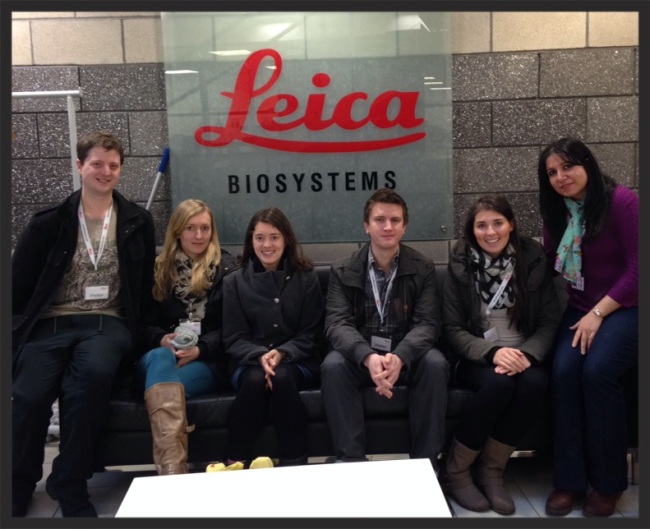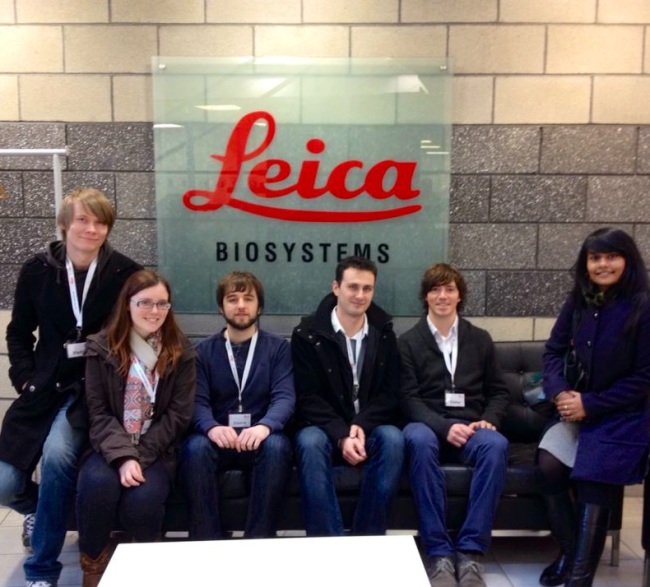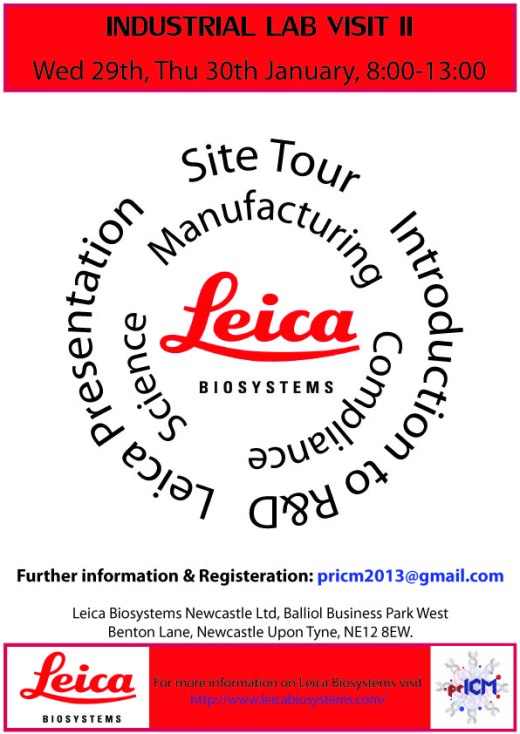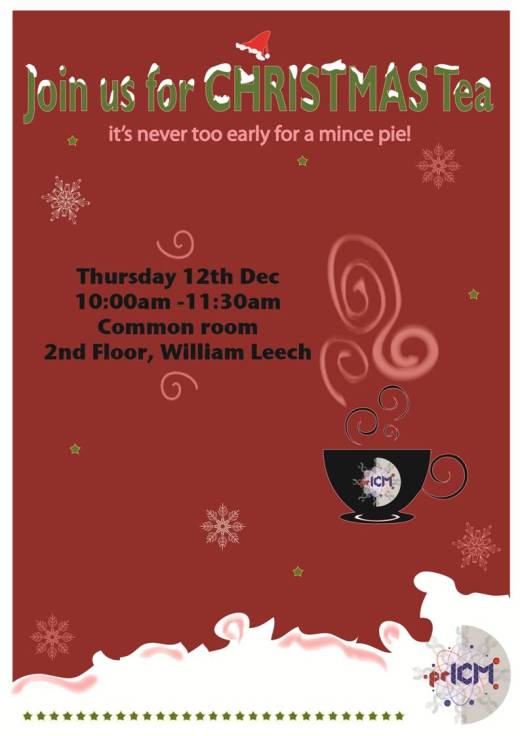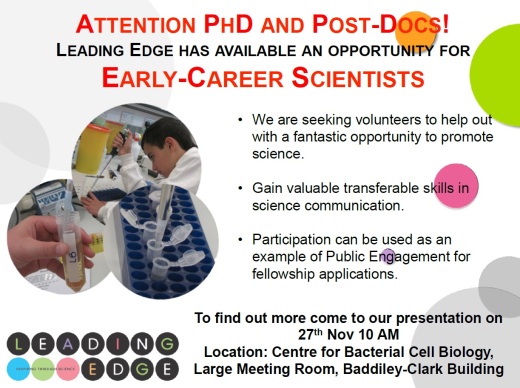At first, like most students I applied for the Staff Student Shadowing Scheme because it gave me the opportunity to see the work life of a staff member. I am a Ph.D. student and my project has been hunting down for very small molecules that we think regulate one of the post-transplantation complications (graft-versus-host disease)- those patients transplanted with donor cells. So I am a wet lab scientist and my department shelters other wet lab scientists like myself who are Ph.D. students to Professors. Therefore, it was very interesting to be able to get an insight into the work life of Martin Cox who is the Head of the Enterprise Services at the Faculty of Medical Sciences. His area of work was fresh air especially since I am working towards wrapping up my experiments and writing my science based thesis that has lots of graphs and p-values! I have always been interested on the commercial aspects of science as I see it as an area that I will be involved at some point in my science career. Hence, it was an ideal shadowing scheme for me.
The first half-day comprised of Martin having individual meetings with his team members and going through his long list of e-mails with Ruth. Something I had never seen before was how they worked as a team and went through his inbox taking quick actions on the e-mails. To me it was a perfect way of tackling e-mails, something I had never seen before. It meant that people received replies much more quickly and urgent issues were dealt with. Moreover, none of the e-mails were ignored which was quite remarkable. Another, interesting observation was how he had his queries written for each of his team members on a post-it. So as the meetings went on he would go through them, cross them out and take down notes. None of the team members had to remind him on anything which I guess was the fact that he had gone through his notes pre-meeting. So again no time was wasted on going down the history path!
My second half-day was again shadowing him at his Team Meeting and attending two individual meetings with his team members. The Team Meeting was quite informal and everyone shared their views and updates on issues. Another observation was how he had to make quick decisions and approve very important issues before any action could be taken on. Shadowing Martin made me realize that his role is filled with responsibilities and also requires good communication and negotiation skills. There is lots of decision making involved that I had never known about before the scheme.
In summary, the Enterprise Unit is like a mini-industry where there is fast turn-around of outcomes, every case is dealt with quickly, reported and filed. There is a clear vision and the team work well together towards achieving the mission. Efficient and good communication between individuals was evident even to an observer. It was also clear that time and funds are invested on the team members’ career developments that in turn enhance their efficiency.
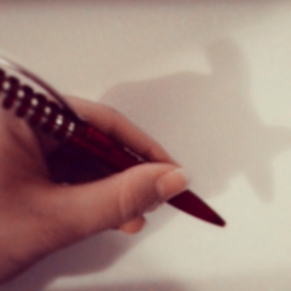
Personally, the shadowing scheme was quite rewarding as I had an insight into the Enterprise Services and Martin’s work but also learnt many useful tips (queries on post-it, managing e-mails, team communication) that I plan to implement in the future. Thus, I would definitely recommend it to any student who is interested in knowing and learning tips from experienced members of staff in particular those outside of their own research zone!
-Sadaf Atarod


